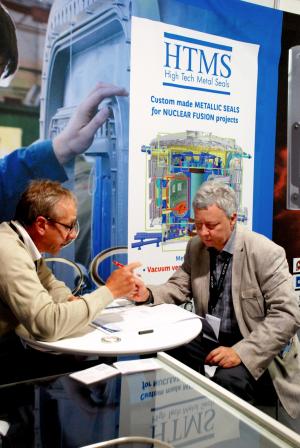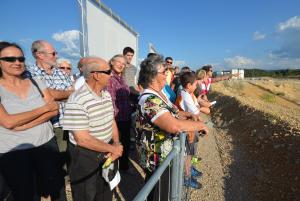What’s New
6 October 2014
ITER news digest for the period of 29 September 2014 to 6 October 2014.
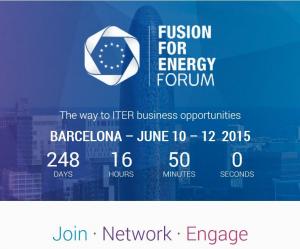
F4E business forum announced
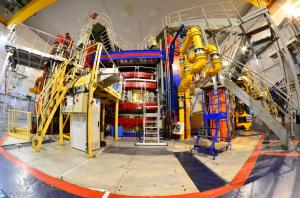
WEST Newsletter #6 is out
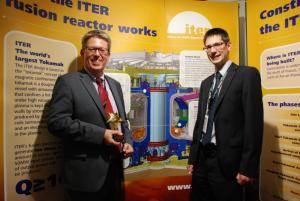
New European innovation award goes to KIT researchers
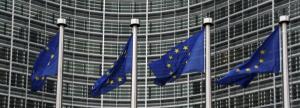
European Commission launches EUROfusion
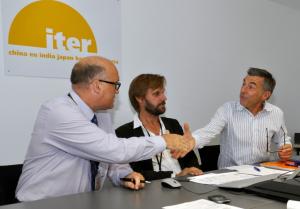
Headquarters extension handed over to ITER

Physicists use supercomputer to gain insight into plasma dynamics


